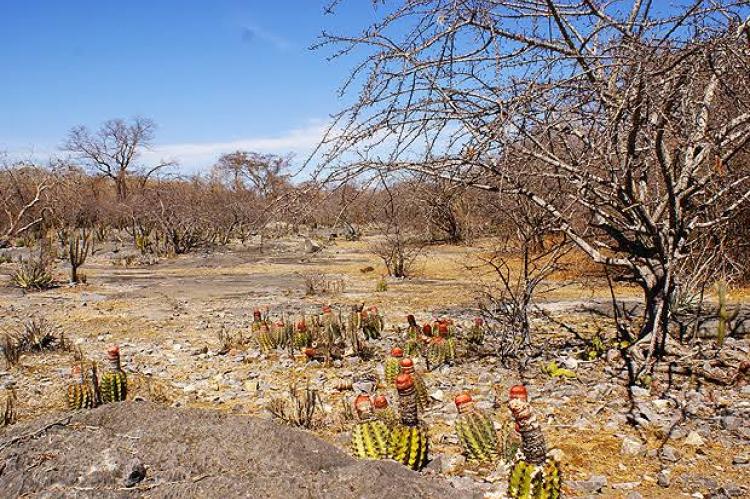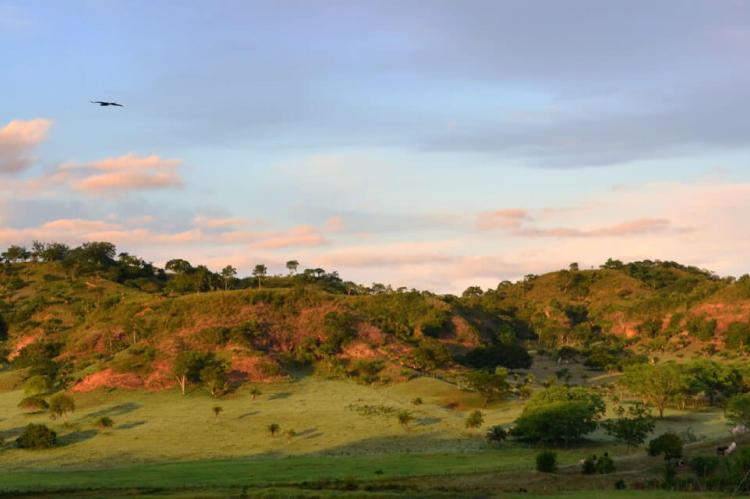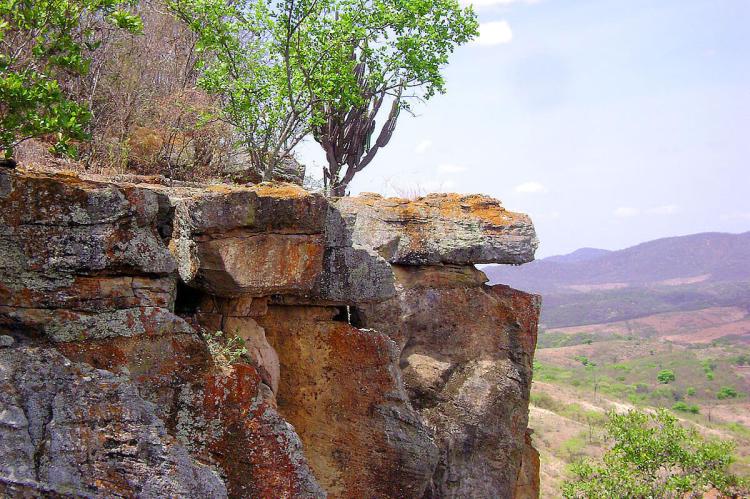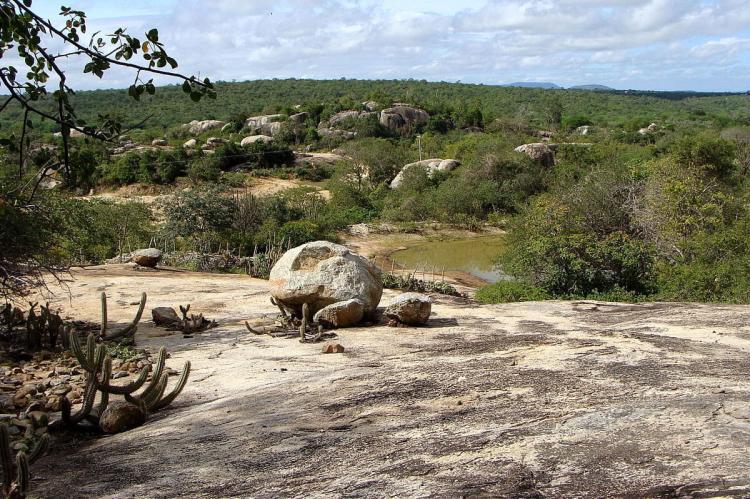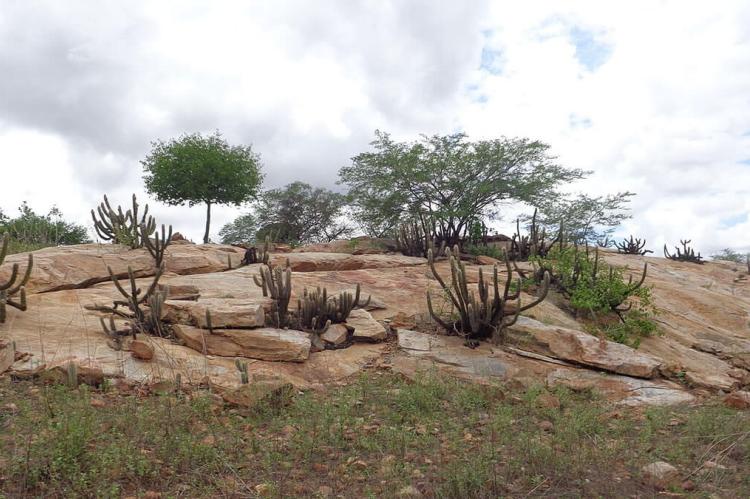The Caatinga: South America's Vast Dry Forest Sanctuary
Nestled in the sun-drenched interior of northeastern Brazil, the Caatinga showcases remarkable adaptability in challenging environments. This biome, with distinctive xerophytic vegetation, forms South America's largest continuous dry forest and represents nearly 10% of Brazil's landmass.
The White Forest Unveiled: Exploring South America's Resilient Caatinga
Nestled in northeastern Brazil's sun-drenched, semiarid interior, the Caatinga, a name derived from the Tupi Indigenous language meaning "white forest" or "light woodland," stands as a testament to the remarkable adaptability of life in challenging environments. This unique biome, characterized by its distinctive xerophytic vegetation, forms the largest continuous dry forest region in South America, blanketing an extensive area of approximately 850,000 square kilometers (330,000 square miles), representing nearly 10% of Brazil's total landmass. Far from being a barren wasteland, the Caatinga harbors an intricate and highly specialized web of ecosystems, boasting a surprising richness in biodiversity, with numerous endemic species uniquely adapted to its harsh conditions.
Geographic Boundaries and Diverse Neighboring Biomes
The Caatinga is classified as a distinct semiarid biome, an expansive region situated entirely within the Earth's tropical zone and recognized as one of Brazil's six major ecological regions. This resilient dry forest stretches across the northeastern states of Piauí, Ceará, Rio Grande do Norte, Paraíba, Pernambuco, Sergipe, Alagoas, Bahia, and the northern portion of Minas Gerais, forming a significant biogeographic entity within Brazil. Its location places it in contact with a diverse array of neighboring ecosystems, each contributing to regional ecological dynamics.
To the northwest, it borders the transitional Maranhão Babaçu forests, while to the west and southwest, it gradually merges with the savanna-like vegetation of the Cerrado. In certain areas, the Atlantic dry forests form a mosaic with the Caatinga. To the east and northeast, it is bordered by the more humid Atlantic coastal forests and eventually meets the Atlantic Ocean. This juxtaposition of varied biomes highlights the Caatinga's unique position as a transitional yet distinct ecological zone.
A Landscape of Adaptation: Flora and Endemic Botanical Wonders
The Caatinga's distinctive landscape is predominantly characterized by xeric shrubland and thorn forests, a visual tapestry woven from small, often thorny trees, a diverse array of cacti exhibiting remarkable water-storage adaptations, thick-stemmed succulent plants, and drought-resistant grasses. The flora of the Caatinga has evolved ingenious strategies to survive the prolonged dry seasons, including deciduousness (shedding leaves to minimize water loss), deep root systems to access underground water reserves, and photosynthetic stems. This seemingly harsh environment bursts into a brief but vibrant period of activity during the typically short three-month rainy season, showcasing a remarkable resilience and contributing to the region's overall biodiversity.
The Caatinga is home to approximately 2,000 plant species, of which approximately 1,200 are vascular plants, alongside a diverse array of fish adapted to ephemeral water bodies, reptiles, amphibians, birds, and mammals. Notably, around 30% of its vascular plant species are endemic, a significant figure that underscores the region's unique evolutionary history and ecological distinctiveness. Iconic and often endemic plant species include the striking Godmania dardanoi, the shrubby Cordia globosa, and the bromeliad Billbergia fosteriana.
A Richness of Fauna: Endemic Creatures of the Drylands
The fauna of the Caatinga is equally adapted to the challenges of its semiarid climate, exhibiting a range of physiological and behavioral adaptations to survive the heat and water scarcity. While perhaps less visibly abundant than in more humid tropical forests, the Caatinga teems with a unique array of animal life, including numerous endemic species. Among the notable avian inhabitants are the critically endangered Lear's macaw (Anodorhynchus leari) and the possibly extinct Spix's macaw (Cyanopsitta spixii), both iconic symbols of the region's threatened biodiversity, as well as the endemic Moustached Woodcreeper (Xiphocolaptes falcinarius).
Mammalian inhabitants include various species of rodents, such as the endemic spiny rat (Proechimys yonenagae), as well as armadillos, opossums, and even the elusive jaguar (Panthera onca) in certain areas. Reptiles and amphibians have also evolved remarkable adaptations to the dry conditions, with many species remaining dormant during the driest periods. The ephemeral water bodies that form during the rainy season support unique fish and amphibian communities adapted to these temporary habitats.
Mounting Pressures: Conservation Imperatives in a Fragile Ecosystem
Despite its ecological significance and unique biodiversity, the Caatinga faces formidable and increasing conservation challenges. The conversion of natural vegetation for agricultural expansion, particularly cattle ranching and the cultivation of crops often ill-suited to arid conditions, poses a severe and ongoing threat to the delicate balance of this unique biome. This land conversion leads to habitat fragmentation and loss, directly jeopardizing the survival of its endemic species.
The region's biodiversity is particularly vulnerable, with over 350 bird species facing heightened threats, including the critically endangered indigo macaw (Anodorhynchus leari, also known as Lear's macaw) and the now likely extinct little blue macaw (Cyanopsitta spixii). Furthermore, the Caatinga is increasingly confronted by the specter of desertification, exacerbated by unsustainable land management practices, deforestation, and climate change. Alarmingly, a meager one percent of the Caatinga ecoregion is currently protected within strictly managed parks or reserves, highlighting the urgent need for increased conservation efforts to safeguard this irreplaceable natural heritage.
Summary
The Caatinga, South America's largest dry forest, is a testament to the resilience of life in Brazil's semiarid northeast. Characterized by its unique "white forest" vegetation, this extensive biome harbors a surprising diversity of plant and animal life, with a significant proportion of endemic species adapted to its harsh conditions. Bounded by a variety of other Brazilian biomes, the Caatinga represents a distinct ecological entity. However, this fragile ecosystem faces significant threats from land conversion for agriculture and cattle ranching, coupled with the growing risk of desertification, while a minimal amount of its area is under formal protection. Recognizing the Caatinga's ecological intricacies and cultural importance is crucial for implementing effective conservation strategies aimed at preserving its unique biodiversity and ensuring the long-term survival of this remarkable dry forest sanctuary.
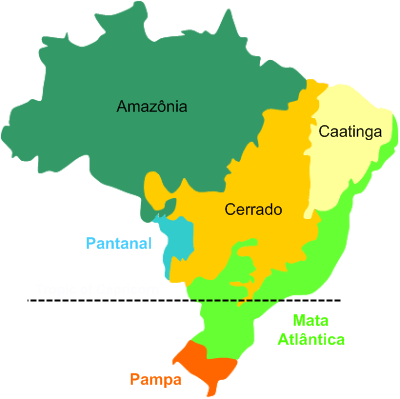
Biome map of Brazil.
